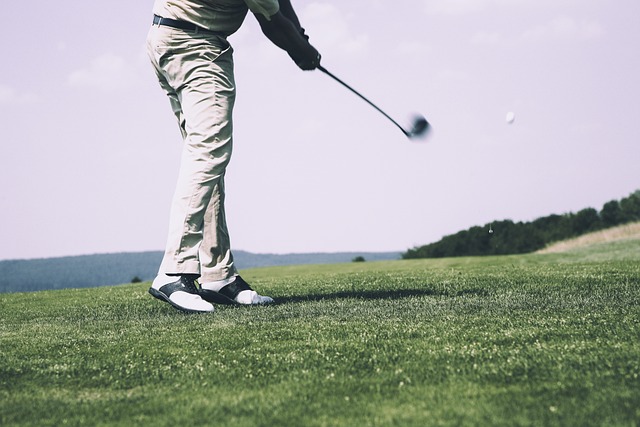Golf Clothes: Practical Guide to Apparel for Play
Choosing the right golf clothes helps performance, comfort, and protection on the course. Beyond appearance, fabrics, fit, and footwear affect mobility, sweat management, and stance stability. This guide explains how shirts, shoes, and sun protection interact with the physical demands of golf, and how clothing choices can support exercise benefits while matching club dress codes or local services for fittings and purchases.

What shirts work best on the course?
Shirts designed for golf prioritize breathability, range of motion, and moisture control. Look for moisture-wicking synthetic blends (polyester with elastane) or performance-treated cotton that move sweat away from skin and dry quickly. A proper fit is neither too tight nor too loose: you want full shoulder rotation for the swing without billowing fabric that causes drag. Collared polos remain common for many courses; many modern polos incorporate stretch panels and venting under the arms for better airflow. Consider layering in cooler weather with lightweight sweaters or quarter-zips that preserve mobility.
How to choose golf shoes for comfort and grip
Shoes influence stability during the swing, walking comfort, and traction on different turf conditions. Traditional spiked shoes provide firm grip in wet conditions, while spikeless models offer versatility and easier walking on paved areas. Key features to consider are a stable midsole, waterproof membranes for wet rounds, breathable uppers, and outsole pattern suited to your typical course. Fit is critical—try shoes later in the day when feet are slightly swollen, and test them with the socks you’ll wear while playing. Comfort reduces fatigue and helps maintain consistent form across 18 holes.
Is golf a sport for all fitness levels?
Golf is accessible across a broad range of fitness levels but still places specific demands on balance, flexibility, and endurance. Clothing that supports movement—stretch fabrics and proper shoes—helps players perform swings with reduced restriction and less risk of strain. For players using a pushcart or walking the course, comfortable, supportive shoes and breathable layers can make long rounds less tiring. Adaptive clothing options and lightweight materials make it easier for people with mobility differences to participate, and many local services offer club fittings and gaiters tailored to individual needs.
How to protect from sunlight while playing
Sunlight exposure is a common concern during rounds that last several hours. Consider shirts with built-in UPF (ultraviolet protection factor) and long-sleeved lightweight layers to reduce skin exposure without trapping heat. Broad-brim or baseball-style hats, sunglasses with UV protection, and high-SPF sunscreen for exposed skin are practical complements. For extended play in strong sun, lighter colors reflect heat better than dark ones, and ventilated or mesh panels improve airflow. Clothing that balances UPF protection with breathability helps manage both sun risk and comfort.
How does golf serve as exercise and how clothes help
Golf combines low-impact aerobic activity (walking the course), strength (driving and uneven lies), and flexibility (rotational movement in the swing). Clothing choices that facilitate full range of motion—stretch panels, lightweight fabrics, and well-fitted shoes—reduce barriers to effective movement and minimize the chance of chafing or discomfort. Moisture-wicking shirts help regulate body temperature during summer rounds, while insulating layers retain warmth during cooler months. Proper footwear supports posture and reduces joint stress, particularly for players who walk rather than ride.
Conclusion
Selecting golf clothes involves balancing performance, comfort, protection, and adherence to course dress guidelines. Prioritize breathable, stretchable shirts, supportive shoes, and sun-protective layers that suit your typical weather and activity level. Thoughtful apparel choices can enhance mobility, reduce fatigue, and make the experience of the sport more consistent and enjoyable, whether you’re playing for fitness, leisure, or competition.






